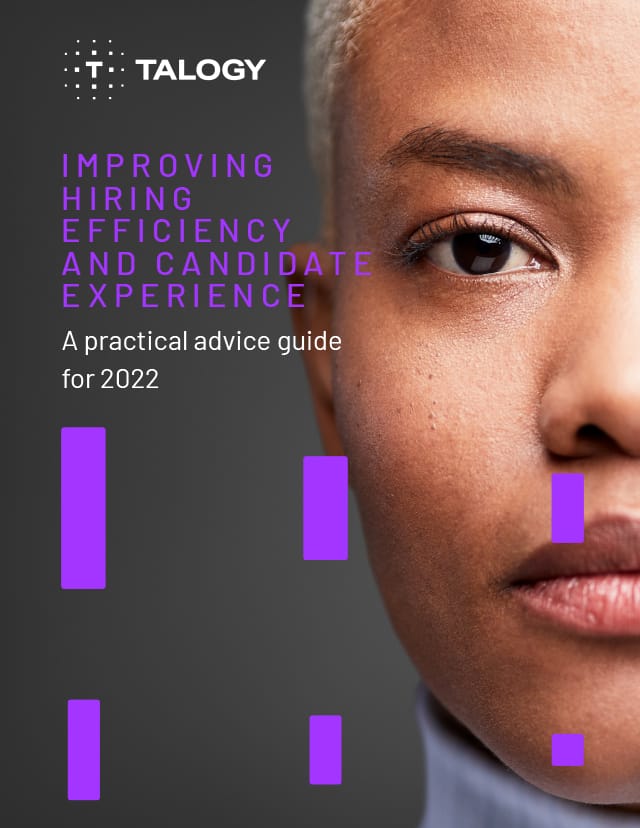Written by Cassandra Walter, Consultant
As technology continues to advance and the world continues to adapt accordingly, asynchronous interviews are becoming more and more common. Asynchronous interviews are interviews that are recorded by the candidate and then evaluated by the organisation at a later time. There are many benefits to using this kind of video interviewing software, including convenience for both the candidate and evaluator and the ability to interview candidates from a wide range of geographic locations.
However, before your company makes the leap to asynchronous interviews, it’s important to have the right practices in place to ensure a predictive, legally defensible interview and a positive candidate experience. Below are three important pieces of the puzzle that, when combined, can create a cohesive picture of the candidate.
- Select relevant interview questions
- Avoid potential interview biases
- Prioritize candidate experience
As with all interviews, it is important to ensure that you are asking job-related questions consistently across candidates. Before selecting your questions, you may want to consider performing a job analysis to help you select questions that target competencies critical for success in the given role.
With asynchronous interviews, you will also want to consider the clarity and depth of the question. While the candidate is answering questions during the interview, there is no interviewer there to ask follow-up questions or provide clarification. As such, you’ll want to ensure your questions are clear. Include probing questions to ensure the candidate provides all the necessary details in their response.
For example, “Tell me about a time when you worked on a diverse team. What project was the team working on? How did you contribute to the team? How successful was the team in meeting its goals?”
Read more: Past behaviour is the best predictor of future behaviur
All interviews can be subject to potential biases including the halo effect (rating all answers highly) or the just like me bias (rating those who are similar to you as higher). However, with asynchronous interviews, there are more external factors that can contribute to potential bias. For example, the candidate’s setting or items in the background that may provide additional information on the candidate’s political or religious standings. When evaluating the candidate, you will want to ensure that you are only making evaluations regarding job relevant information and not external factors that are unrelated to job success.
The candidate experience for asynchronous interviews is vastly different than that of in-person or live virtual interviews. The candidate is unable to establish a rapport with the interviewee and the process may feel cold and impersonal. Zoom fatigue is a new term that is commonly heard and describes the draining effect that being on camera for long periods of time can have on individuals.
To prevent this fatigue, consider limiting the number of questions that the candidate is required to answer. A good rule of thumb is to keep it between five and eight questions. Additionally, consider giving the candidate time to prepare their answer before being required to record and allowing them at least two attempts at answering the question to provide a more positive experience.
Video interviewing had been utilized long before the pandemic, but asynchronous interviewing has become a lot more prevalent over the past two years. It could be a great option for your organisation and enable you to reach candidates all around the world if utilized properly. By doing your due diligence in the beginning, you can implement a process that is conducive to both busy schedules and varying time zones. To learn more about Talogy’s asynchronous interviewing technology, reach out to us today.


